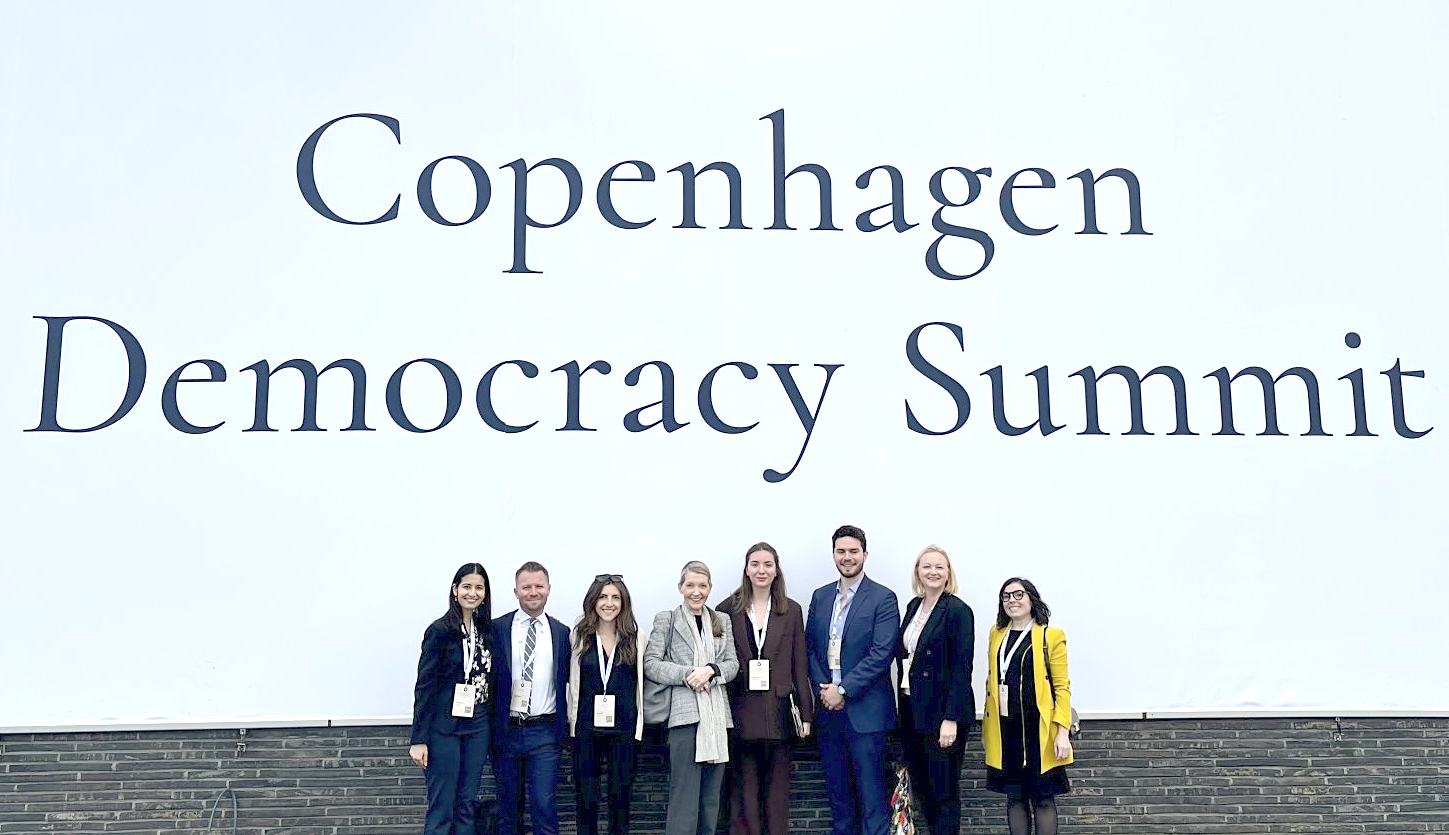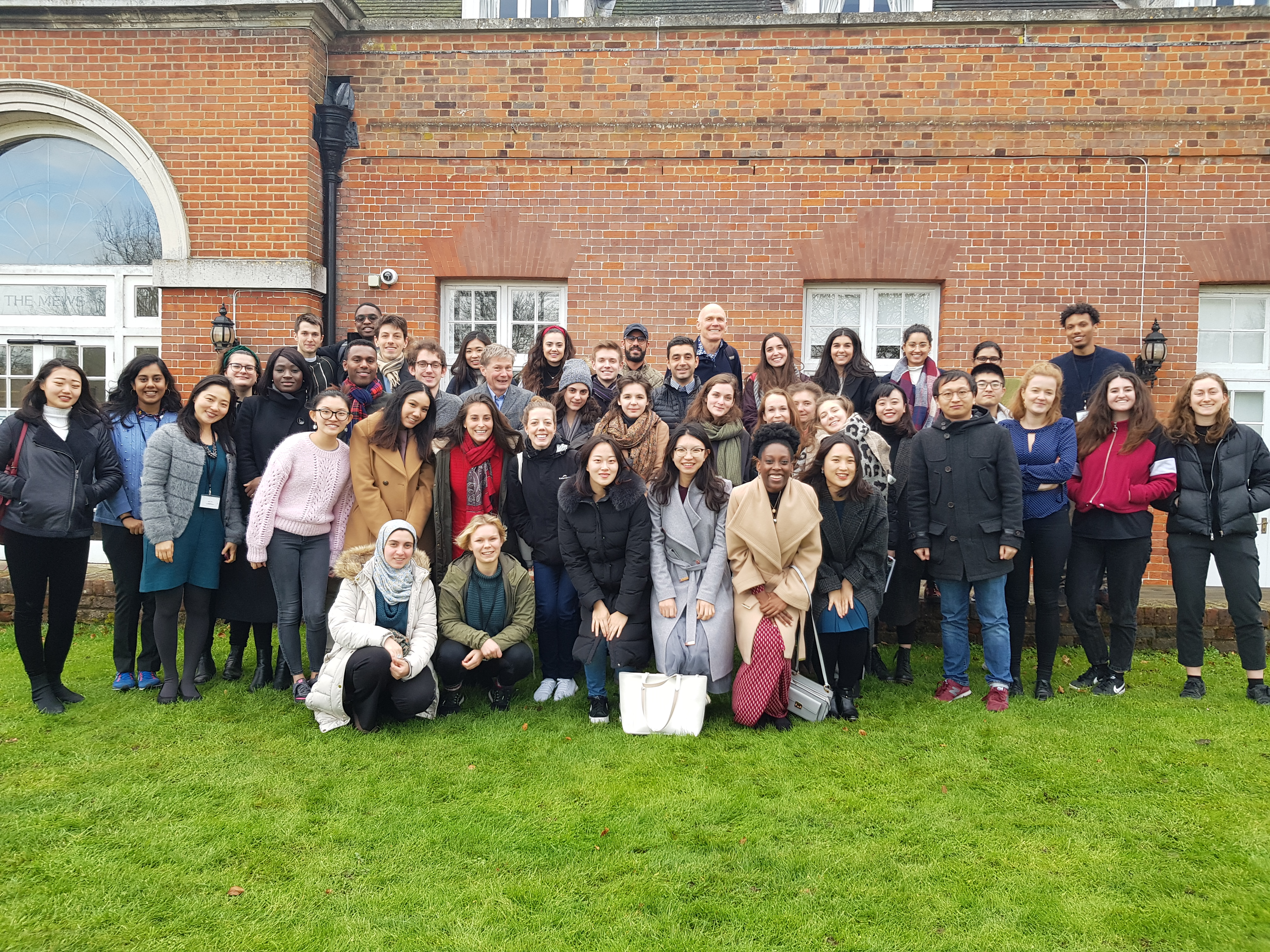As you explore London, make use of the online map that has been created to highlight the historic legacy of the slave trade in London. Take the time to visit the sites and exhibitions featured and challenge preconceptions of the grandeur of London as one of the wealthiest cities in the word.
The 2020 Black Lives Matter protests in London sparked a period of introspection for many large British institutes to reconcile with their ties to the Atlantic Slave Trade. With the Bank of England, National Trust, Lloyds of London and the Guardian newspaper being among those who have researched and publish their findings that they profited from the trade of enslaved people.
British history often focuses on the role the country played in the abolition of slavery, painting a heroic image of humanitarianism whilst downplaying the role of Britain as a leader in the Atlantic slave trade who were responsible for the transportation of almost 2.5 million Africans, making it the worst transgressor in the trade of enslaved people globally. The depth of Britain’s involvement can be seen throughout London in the buildings, streets and statues which were built with the profits of slavery. Even with abolition, British slave owners benefited financially from the repartitions they were paid.
How to acknowledge and respectfully pay tribute to enslaved people in these areas of historic significance is an ongoing conversation. The new development of Convoys Wharf in Deptford provides an example of this, with the formation of two community groups ‘the Lenox project’ and ‘Museum of Slavery and Freedom’ each campaigning for what should be built on the site. With the Lenox project hoping to build and launch a full-size replica of the Lenox, a state-of-the-art naval ship that was built in 1678 in Deptford and was the first of Charles II’s thirty ships. Whereas the Museum of Slavery and Freedom hope to build a physical site and focus on the role of Deptford, London and the Royal Navy in the triangular slave trade and demonstrate how the UK grew rich because of their activities.
As well as a push for businesses and institutions to examine their history, there are also conversations about the need for restorative justice, which is the payment of monetary reparations to victims of historical social injustice. The group Heirs of Slavery are a group of British decedents whose ancestors made significant wealth from, or helped organise, more than two centuries of industrialised enslavement. On an individual basis they are supporting several organisations, which are listed on their website, and acknowledge that ‘financial compensation will have to be part of the discussion since, in general, the descendants of the enslaved are far less wealthy than the descendants of the enslavers’. As well as financial compensation they note that a formal full apology is also the first step in reconciliation.
The Department of International Development at LSE have created a map to highlight the historic legacy of the slave trade in London, aiming to educate our students on the lasting impact and significance of sites in the city they are studying in. We hope they can take the time to visit these sites and reflect on their significance. Hopefully challenging some preconceptions on the grandeur of London as one of the wealthiest cities in the word.
The map covers many areas of London, if you are taking the time to visit the sights in person (which we strongly suggest you do) we recommend breaking them down into the following trips:
Walks from LSE Campus:
- Guildhall, 71 Basinghall Street Moorgate EC2V 5AF (page 2)
- Lloyds of London, 1 Leadenhall Street EC3V 1AB (page 3)
- George Yard, Langbourn EC3V 9 (page 7)
- Jamaica Wine House, St. Michael’s Alley EC3V 9DS (page 10)
- Gilt of Cain, Fen Court Garden, Fen Ct EC3M 5BN (page 17)
—
- Bank of England, Bartholomew Ln EC2R 8AH (page 13)
- Royal Exchange, EC3V 3LR (page 14)
—
- Schomberg House, 82 Pall Mall, SW1Y 5ES (Ottobah Cugoano, page 4)
- National Portrait Gallery, St Martin’s Place WC2H 0HE (Thomas Clarkson, page 6)
- 73 Riding House Street Paddington, West End, W1W 7EJ (Olaudah Equiano, page 8)
- Senate House, Malet Street WC1E 7HU (Mary Prince, page 9)
- British Museum, Great Russell St WC1B 3DG (Sugar Boycott, page 12)
Day Trips:
- Museum of London Docklands, No 1, West India Quay, Hertsmere Rd E14 4AL (page 15 and 16)
—
- Kenwood House, Hampstead Heath NW3 7JR (page 1)
If you are in the area:
- Holy Trinity Churchyard, Clapham Common North Side SW4 0QZ (Clapham Sect, page 11)
—
- All Saints, Church Gate, Fulham, London SW6 3LA (Granville Sharp, page 5)
We plan for this map to continue to evolve and grow. If you have any new sites, stories or photographs you would like to contribute please contact M.R.Bullen@lse.ac.uk.
As part of the Cutting Edge Issues in Development series, a lecture on ‘Slavery and British Development’ is being held on Friday 19 January, 4.00pm – 6.00pm in the Old Lecture Theatre. Guest lecturers include Bronwen Everill, Sheryllynne Haggerty and Cassandra Gooptar. The in-person event is open to LSE students, staff and alumni only. Online audiences can watch the lectures via our YouTube channel, listen via the podcast series and read student reflections on this blog the following week.
The views expressed in this post are those of the author and do not reflect those of the International Development LSE blog or the London School of Economics and Political Science.
Image credit: Tim Forsyth, Deptford Town Hall with red paint splashed by protestors







What a great initiative! Congrats! We need something like this in Brazil, a better look to our past.